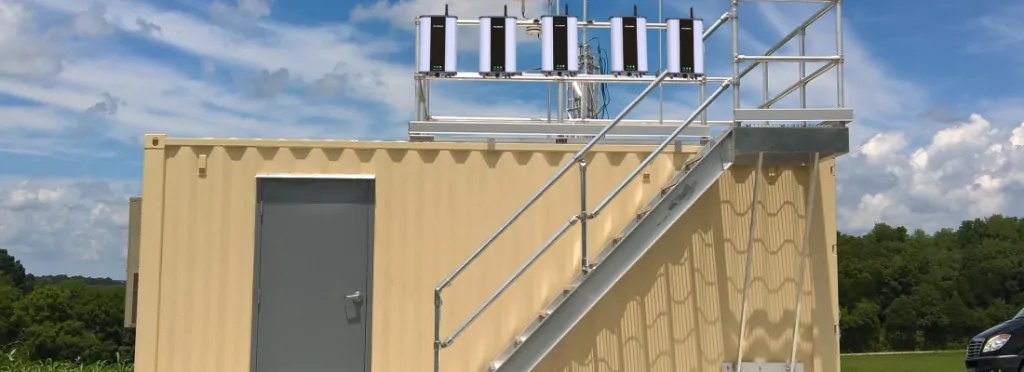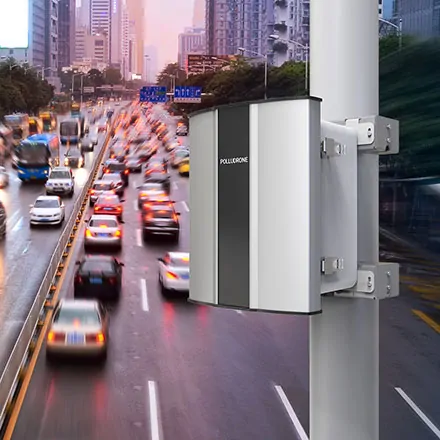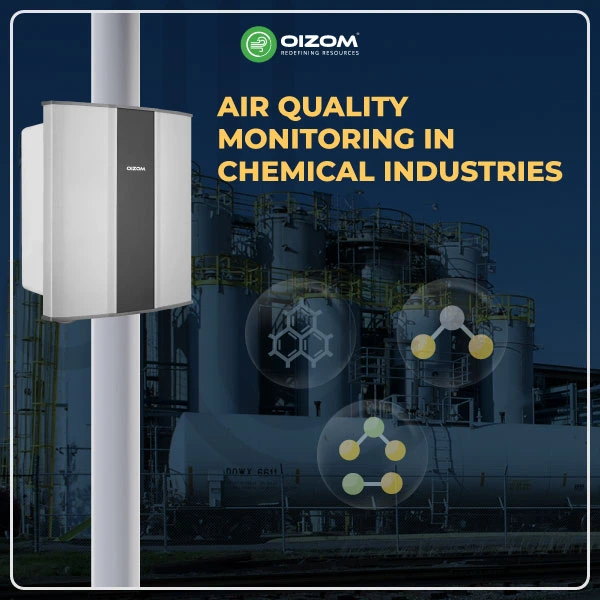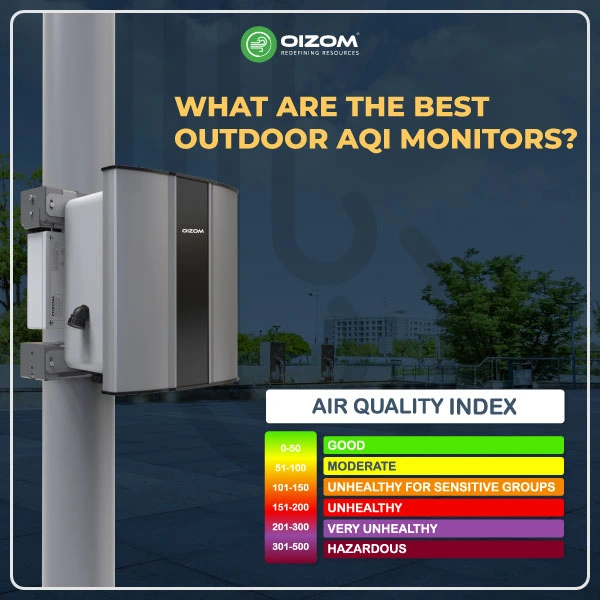Cost-effective sensors have started to make their mark when it comes to the air quality monitoring system. Today, there are many types of these low-cost sensors which are available in the market. However, certain aspects should be given importance when it comes to choosing the right solution to your problem. Here are ten things one should keep in mind while selecting a low-cost air quality sensor:
Build Quality
One of the key requirements for an efficient air quality monitoring system is the answer to the question “How robust is the device?”. The device should be able to handle temperature variations, rainfall, high wind speed or any such meteorological conditions.
Number of Equipment in an area
Air quality changes every 100 meters. Every sensor-based device will be able to represent data of a selected area. With expert guidance from technology suppliers, one can evaluate the number of devices required to monitor the air quality of a specified area. Therefore, it is important to know the reach of your device before finalizing the quantity.
Power source
An uninterrupted power source is required for the continuous functioning of the device. Battery backup is highly recommended for locations with a tendency for intermittent power cut-offs. Also, geographically favourable locations can have integrated solar-powered devices.
Parameters
Today, several parameters are being offered with low-cost air quality sensors. Apart from the environmental parameters like SO2, NOx, CO, CO2, etc., there are additional parameters which can be measured in these devices. These values help you analyze environmental data efficiently. Values of Light, Relative Humidity, Temperature, Pressure, Noise assists in understanding the atmospheric environmental conditions. Furthermore, weather data like wind directions, wind speed, etc. act as value addition and can also be monitored along with the environmental parameters.
Sampling Method
The sampling method of air is the most critical part of quality monitoring. There are mainly two ways of air sampling (i) active & (ii) passive. Sensors are exposed to air in passive sampling and are susceptible to temperature and humidity. Atmospheric variations in temperature and humidity often affect the measurements of the air quality under this type of sampling. Values for gases like SO2 vary with the rise in temperature. Active sampling takes care of this limitation. A sample is drawn and ideal conditions are created inside the device. This eliminates erroneous data generated as an outcome of passive sampling. One must be aware of the sampling methodology incorporated before selecting the system.
Data Representation
The functionality of a low-cost sensor-based system is also dependent on data representation. Internet of Things (IoT) powered Continuous Ambient Air Quality Monitoring System CAAQMS makes the data easily accessible to the concerned stakeholders. Data can be transmitted to the server using 2G/3G/4G/WiFi/LORA connectivity. One can later analyze and evaluate the environmental data using several graphical tools and other representations.
Data validity
It is very important to know the correctness of data. Data may be collocated with a reference device to check its authenticity. Data from a nearby reference station for air quality monitoring can be used for this. There may be a slight variation in the data depending on the location of the reference station. However, if the device is placed near to the reference station one should be able to perform explicit data validation.
Calibration
Depending on the conditions, the life of these electrochemical sensors lasts from 24 to 36 months. However, periodic calibration should be performed quarterly or biannually depending on the conditions where the sensors are deployed. Collocation with a reference device or span calibration can be ideal options for performing on field calibration.

Maintenance
One more important thing to be noted is the need and ease of maintenance for these devices. Majorly, the devices are pole mounted or wall mounted and are installed at a height of 15-20 feet above the ground. One needs to check the ease at which these devices can be attended to in case of any maintenance requirement. In addition to this, the troubleshooting protocol and support SLA should be checked.
Cost
Varying combinations of different environmental parameters, selection of power source, mode of connectivity, quantity, and location are few criteria for determining the cost of the system. The price will vary based on the combinations that one opts for. However, the cost of a low-cost sensor based CAAQMS will boost in pluralizing the data points in a defined area.
To sum up, with growing awareness of air quality pollution amongst citizens and advancements in the field of sensor-based technologies, low-cost sensor based CAAQMS is the need of the hour. Selection of the right technology to assess air quality is only half job done. The real challenge is to act upon the growing concern of poor air quality around us.






